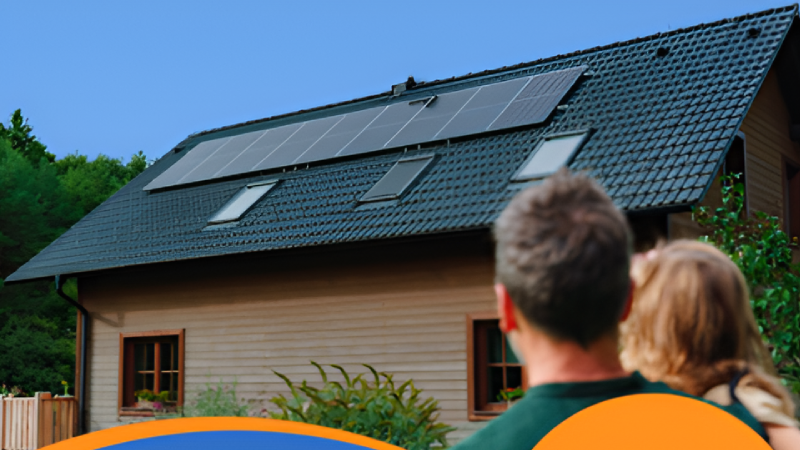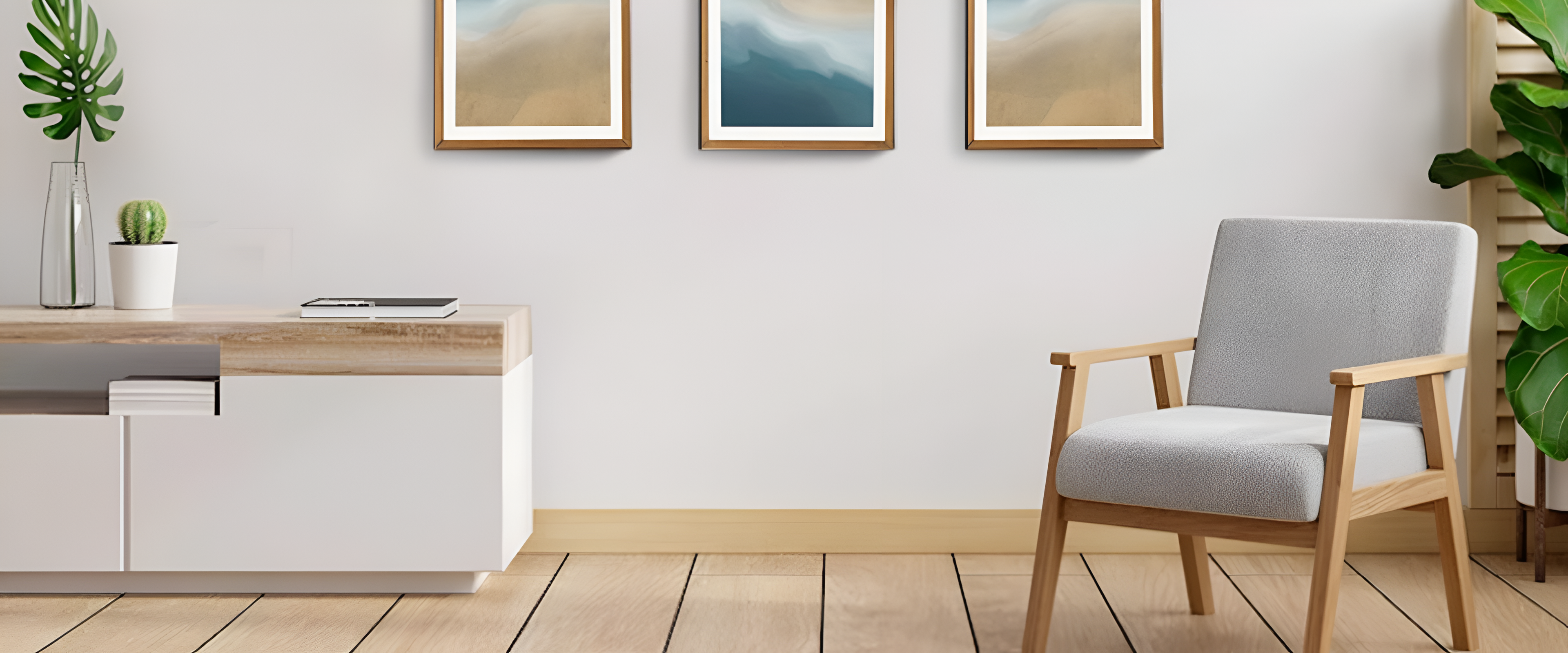
The Ultimate Guide to Solar Installation
Solar energy is one of the most sustainable and eco-friendly solutions for powering homes and businesses. With the cost of solar panels falling and incentives for installation increasing, more people are considering making the switch to solar energy. This guide will walk you through everything you need to know about solar installation, from the basics to the steps involved in setting up your own solar power system.
1. What Is Solar Power?
Solar power harnesses the energy from the sun through solar panels, which convert sunlight into electricity. This energy can be used to power your home, business, or even stored in batteries for later use. Solar energy is renewable, which makes it an environmentally friendly and sustainable energy source.
2. Benefits of Installing Solar Panels
Installing solar panels offers numerous benefits. First, solar panels help reduce your electricity bills by generating your own power. Additionally, homes with solar installations tend to increase in value. Solar energy also helps in reducing your carbon footprint and dependency on fossil fuels. By installing solar panels, you can contribute to a cleaner environment. Furthermore, you can take advantage of government incentives and rebates, which help reduce the upfront cost of installation.
3. How Do Solar Panels Work?
Solar panels are made up of photovoltaic (PV) cells that convert sunlight into direct current (DC) electricity. An inverter then converts this DC electricity into alternating current (AC) electricity, which is used to power your home. Any excess energy produced can be stored in a battery or sent back to the grid for credits. This process allows you to benefit from solar energy, even when the sun isn't shining.
4. Steps to Install Solar Panels
The first step in the installation process is conducting a solar evaluation to determine whether your property is suitable for solar energy. Once you've determined that your home is a good fit for solar panels, the next step is selecting the right type of panels based on your energy needs and budget. After choosing the panels, it's time to hire a professional installer who will design the solar system and provide an estimate. You'll then need to obtain necessary permits and approvals from local authorities. After that, the installation process will begin, with the solar panels being mounted and connected to your electrical system. Once everything is in place, a final inspection will ensure everything is working properly and safely.
5. Cost of Solar Installation
The cost of solar panel installation can vary based on factors such as the size of the system, the quality of the panels, and the complexity of the installation. However, many areas offer federal, state, and local incentives that can significantly reduce the initial cost. In most cases, solar panels pay for themselves over time through the energy savings, making them a good long-term investment for homeowners.
6. Solar Maintenance
Solar systems require very little maintenance, making them an appealing option for homeowners. The panels themselves typically have a lifespan of 25-30 years, and the only ongoing maintenance required is ensuring that the panels are kept clean and free from debris. Regular checkups can also be conducted to ensure that the inverter and other system components are working correctly. It's a good idea to have a professional inspect your system once a year to keep it operating efficiently.
Conclusion
Solar installation is a great way to reduce energy costs, lessen your environmental impact, and enjoy a reliable source of power. By following the steps outlined in this guide, you can successfully transition to solar energy and begin enjoying the benefits of clean, renewable energy. With the long-term cost savings and environmental benefits, solar power is an investment worth considering for any home or business.


Leave a Comment